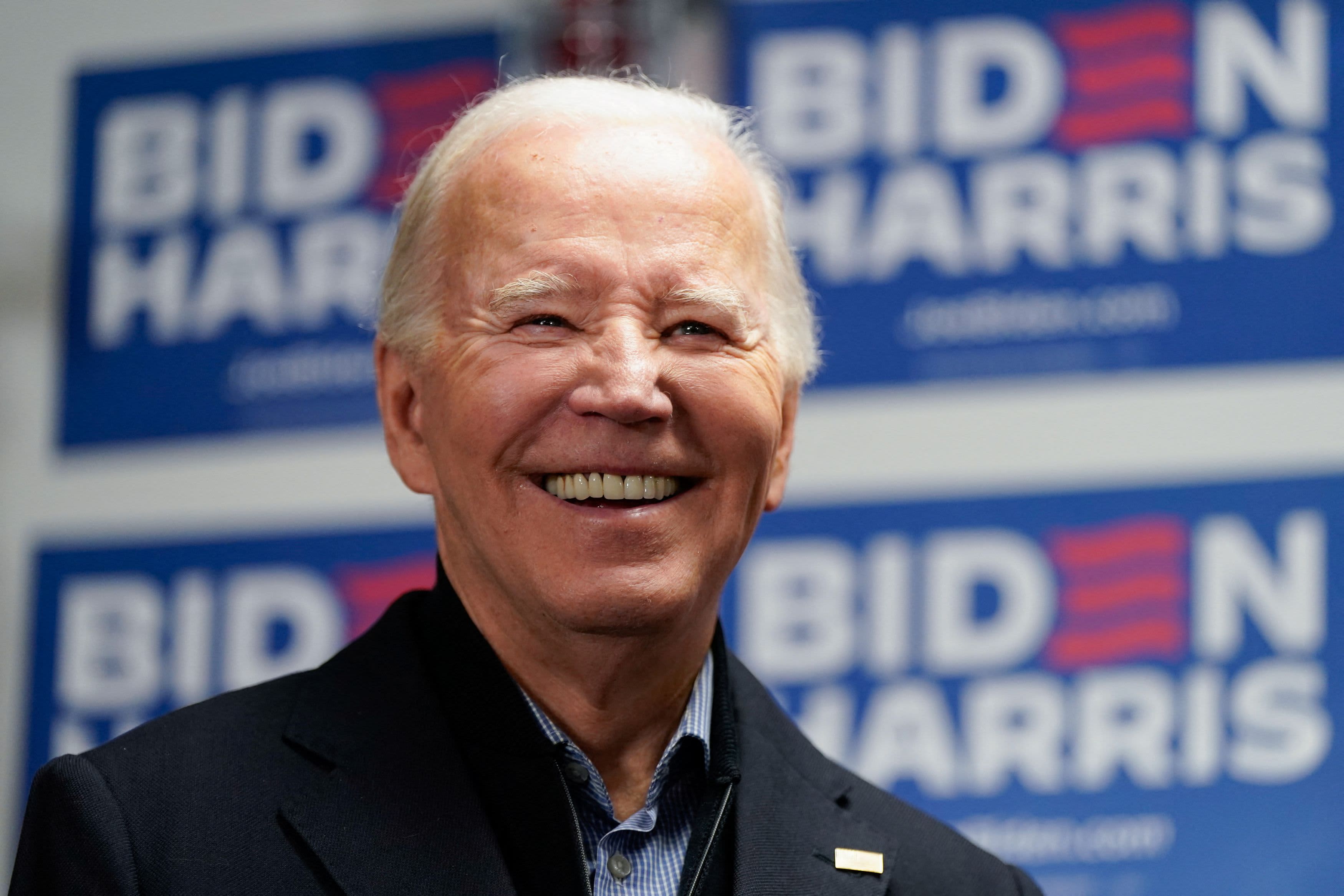Democratic Primary Candidates
The Democratic primary election will be held on March 3, 2020, to select the party’s nominee for the 2020 presidential election. Several candidates are running for the nomination, each with their own unique platform and policy positions.
Candidates and Key Policy Positions
The following table provides an overview of the major Democratic primary candidates, their party affiliations, and their key policy positions:
| Candidate | Party | Key Policy Positions |
|—|—|—|
| Joe Biden | Democratic | Moderate Democrat who supports affordable healthcare, climate change action, and gun control. |
| Bernie Sanders | Democratic | Self-described democratic socialist who supports Medicare for All, a Green New Deal, and free college tuition. |
| Elizabeth Warren | Democratic | Progressive Democrat who supports universal childcare, a wealth tax, and breaking up large tech companies. |
| Pete Buttigieg | Democratic | Former mayor of South Bend, Indiana, who supports universal healthcare, climate change action, and LGBTQ+ rights. |
| Amy Klobuchar | Democratic | Senator from Minnesota who supports affordable healthcare, climate change action, and gun control. |
Primary Process and Timeline: Democratic Primary

The Democratic Party’s primary process is a series of elections held in each U.S. state and territory to select delegates to the Democratic National Convention. The delegates then vote at the convention to nominate the party’s presidential candidate.
The primary process begins with the Iowa caucuses in early February and ends with the District of Columbia primary in mid-June. In between, there are a series of primaries and caucuses held on different dates in different states.
The different types of primaries and caucuses used in the Democratic Party include:
* Primaries: Primaries are elections in which voters cast ballots for their preferred candidate. The candidate who receives the most votes in a primary wins all of the delegates from that state.
* Caucuses: Caucuses are meetings in which voters gather to discuss their preferred candidates and then vote for them. The candidate who receives the most votes in a caucus wins a certain number of delegates from that state, based on the proportion of votes they received.
Superdelegates are party leaders and elected officials who are automatically delegates to the Democratic National Convention. Superdelegates can vote for any candidate they choose, regardless of the results of the primaries and caucuses.
Voter Engagement and Turnout
Voter turnout in Democratic primaries is influenced by various factors, including the competitiveness of the race, the perceived importance of the election, and the level of voter enthusiasm. In recent years, Democratic primaries have seen a decline in voter turnout, particularly among young voters and voters of color. This decline has been attributed to a number of factors, including the perception that the Democratic nominee is often predetermined, the lack of competitive races in many states, and the challenges of registering and voting in some states.
There are a number of strategies that can be used to increase voter participation in the upcoming primary. These include:
* Educating voters about the importance of the election. Many voters are not aware of the importance of the Democratic primary and the impact it can have on the general election. Educating voters about the stakes of the election can help to increase turnout.
* Making it easier for voters to register and vote. Some states have laws that make it difficult for voters to register and vote. These laws can disproportionately affect young voters and voters of color. Making it easier for voters to register and vote can help to increase turnout.
* Encouraging candidates to engage with voters. Candidates can play a role in increasing voter turnout by engaging with voters and encouraging them to participate in the election. Candidates can do this by holding rallies, attending community events, and speaking to voters one-on-one.
Historical Voter Turnout Rates in Democratic Primaries, Democratic primary
Voter turnout in Democratic primaries has varied over time. In recent years, turnout has declined, particularly among young voters and voters of color. The following table shows voter turnout rates in Democratic primaries since 2000:
| Year | Voter Turnout Rate |
|—|—|
| 2000 | 52.1% |
| 2004 | 48.9% |
| 2008 | 54.7% |
| 2012 | 50.2% |
| 2016 | 44.9% |
| 2020 | 44.1% |
As the table shows, voter turnout in Democratic primaries has declined since 2008. This decline is particularly pronounced among young voters and voters of color. In 2020, only 44.1% of eligible voters participated in the Democratic primary, the lowest turnout rate since 2000.
Amidst the fervor of the democratic primary, the streets hummed with a symphony of car engines, each adorned with a unique emblem. Among them, the pa special license plates stood out, bearing witness to the diversity of interests and passions that coursed through the electorate.
As the race intensified, these plates became a silent commentary on the political landscape, a testament to the democratic spirit that bound the nation together.
Amidst the fervor of the democratic primary, where candidates vie for support, the importance of personal expression shines through. Like the pa vanity plate that adorns vehicles, a candidate’s campaign slogan or symbol reflects their values and aspirations. As the primary unfolds, these expressions become a testament to the diversity and passion that fuels the democratic process.